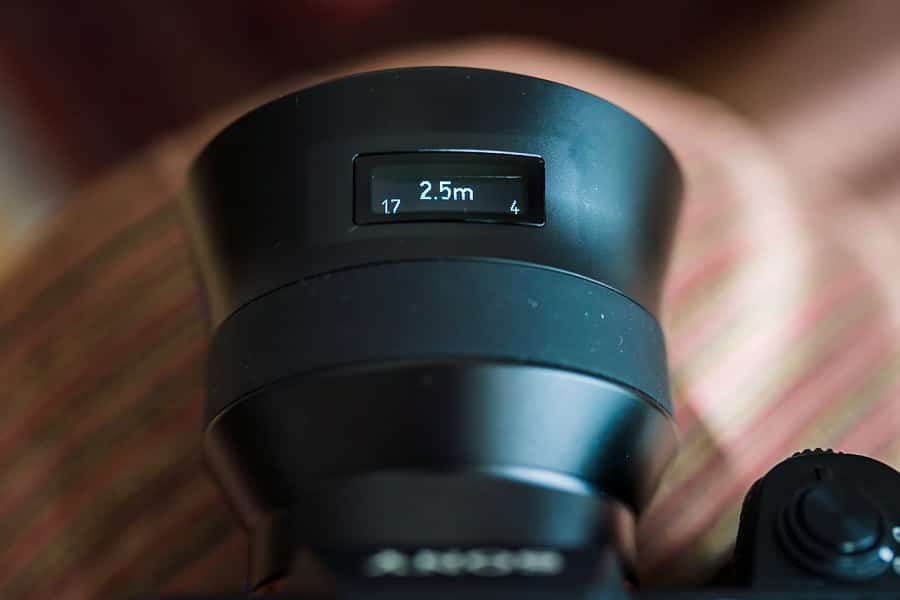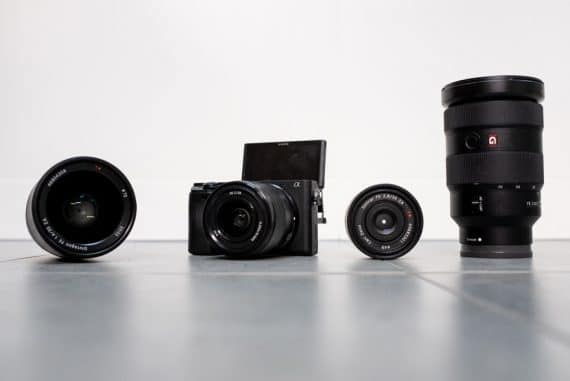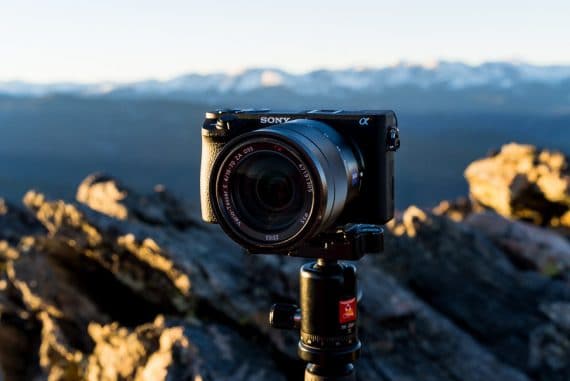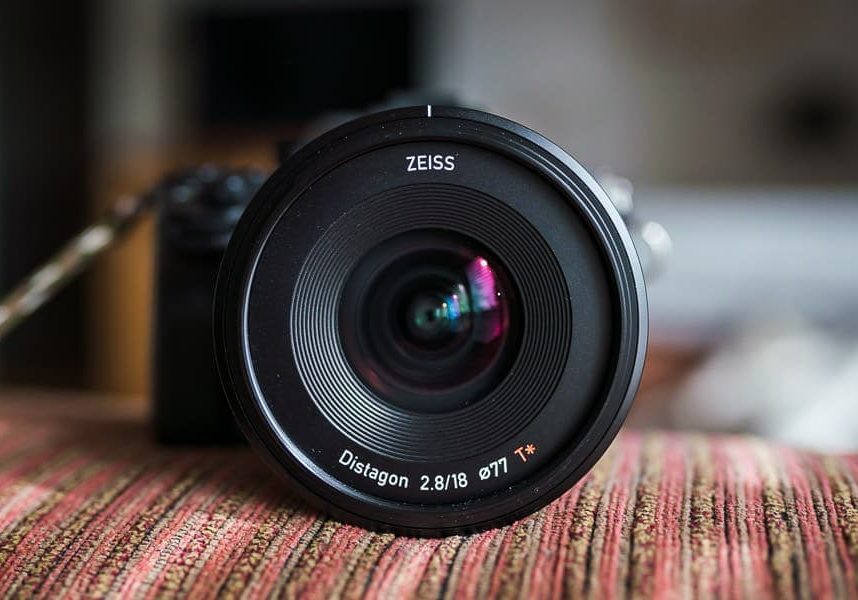
Zeiss Batis 18mm f/2.8 Lens for Sony Review
The Zeiss Batis 18mm f/2.8 is a compact prime that offers a unique perspective with its super-wide angle. Does it have a place in your kit? Read on to find out!
This is a guest review of the Zeiss Batis 18mm f/2.8 by wedding photographer Nick Church.
The Zeiss Batis lens range was one of the factors that tempted me to switch from Nikon to Sony.
With focal lengths of 18, 25, 40
, 85
and 135mm
, the range covers every length needed by most genres of photography, except maybe wildlife and sport.
Zeiss Batis lenses are all very similar in features, appearance, and performance, with design and build quality giving the range wonderful aesthetics and feel.
They are not the fastest prime lenses, with only the Zeiss Batis 85mm f/1.8 getting below f/2. The others are either f/2 or f/2.8.
While this has brought criticism, it is also the reason for arguably their biggest attraction: compact design and incredibly light construction.
The ultra-wide 18mm f/2.8 model reviewed here is the widest of the Batis range and a focal length that I have missed since getting rid of the (nearly four times heavier!) Tamron 15-30mm f/2.8 that I used on my Nikon D750
.
Zeiss Batis 18mm f/2.8 | Features
The Batis 18mm is just 330g (11.6 oz), and at 95mm (3.7”) wide and 100mm (3.9”) long, it offers a fairly chubby but nicely proportioned and compact product.
Yes, 330g! That means it’s lighter than the four spare Sony batteries I have in my bag!
Based on the distagon lens design, it features a 10-blade aperture, with 11 elements in 10 groups.
Two things stand out with all the Batis lenses: the near-featureless body and the OLED Screen.
The body is totally smooth and contoured, even with the lens hood attached, making it look like a single piece of engineering. Very smart.
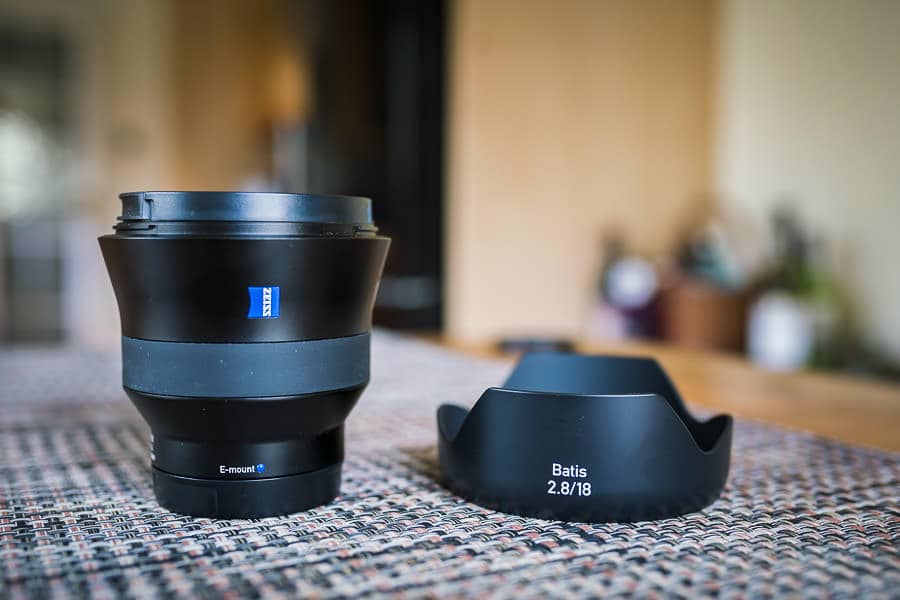
The Zeiss Batis 18mm f/2.8 and its hood.
The only break in the smooth metal construction on the barrel is the tactile rubber, but still totally flush, focusing ring.
It has no markers, and is a focus-by-wire system that intelligently controls the focus pull.
Move the ring slowly and the focus changes slowly, move it more quickly and you get a larger response. This sounds like it would be confusing, but I actually find it pretty intuitive.
The Zeiss Batis 18mm’s OLED panel is something that I’ve never seen on a lens before, and it’s a great feature.
After greeting you with a cheerful “ZEISS” message, it then turns off if you are in an auto-focus mode (again, no buttons on the lens, so all done through the camera menu system).
It’s when you move to manual focus that the screen comes to life.
The main bit of the display tells you the current focusing distance, and then in smaller text it tells you the focus range given the current aperture and focusing distance.
As discussed below, there are times when this can be a lifesaver!
Like most lenses, the lens hood can attach backwards to keep it handy. I don’t know if it’s just me that does this, but I always have the hoods mounted like this as it offers a bit of protection.
With the Zeiss Batis 18mm f/2.8 you can still see the OLED panel and still easily get to the focus ring, which cannot be said for most of my lenses.
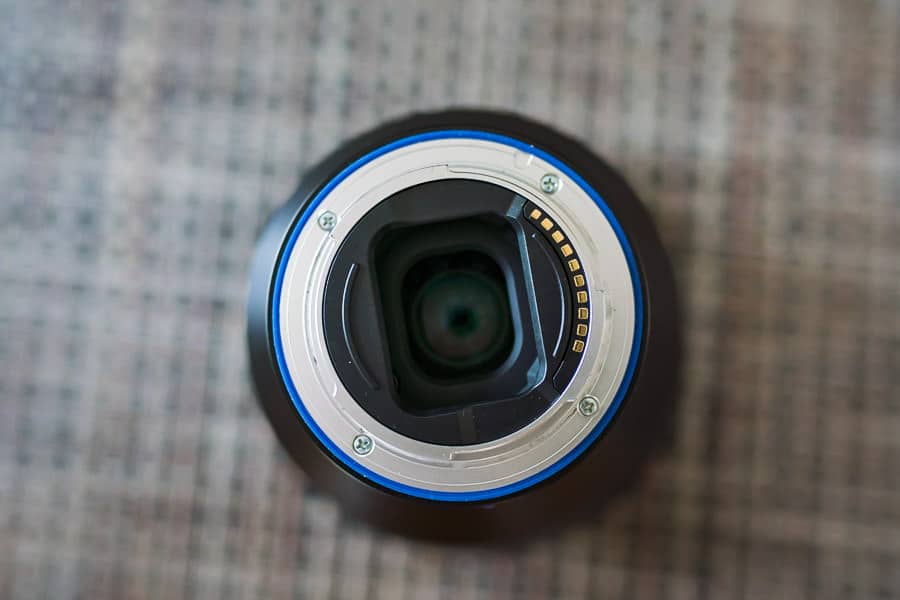
The 18mm has what looks like very decent weather protection.
The Zeiss Batis 18mm is weather-sealed with a blue rubber gasket around the lens mount. With no switches on the barrel, I get the impression this could handle quite a lot of moisture.
Mine has certainly experienced its fair share of drizzle…
In Use

Sony a7RIII + Zeiss Batis 18mm f/2.8
| 1/8 sec f/2.8 ISO 1250
I use this lens for any architectural work I do and some landscapes, and it also comes out at weddings.
It performs extremely well in all three situations. Other small lenses that I’ve owned purely for portability have been a trade-off, lacking in sharpness or speed.
I don’t feel that way about the Batis range. They are often my go-to lenses, period.
Autofocus is fast and snappy in good light, easily on par with my other FE-mount lenses, and it locks in quickly.
In low light, on my Sony a7Riii body using AF-C, things are less decisive, and the lens is prone to hunting. Sometimes it’s unable to acquire lock altogether.
Still, this is no different from other Sony E mount lenses. I now realise that my Nikon D750
body could focus in virtually zero light. I’d been spoilt.

Sony a7RIII + Zeiss Batis 18mm f/2.8
| 1/4 sec f/4.5 ISO 1250
As with all my other lenses though, a move to AF-S and things lock much more reliably in the dark.
I am hoping that this is something that Sony will improve with a firmware release, and I don’t see it as a specific issue with the Zeiss Batis 18mm at all.
As the dancing starts, I use manual focus anyway. In this situation, the OLED is outstandingly useful in the dark.
Like any equivalent analogue markings on other lenses, you probably wouldn’t want to rely 100% on it.
Still, if it tells you focus is 2.5m away, and that the DoF is 1.6-6m, that’s enough for me to know my safe limits.
The 18mm focal length provided by this lens has become a versatile addition to my main ‘wedding’ combination of 35mm and 70-200mm.
It allows me to get larger group-shots, and can give more dramatic images of a couple where I want to include more of the landscape around them.
At 18mm, care is needed to avoid geometric distortions around the edges of the frame, although this is a property of that length, not the Batis lens, and can be corrected in Lightroom if required.
Still, when you want to get right up in the action, like in among the band or the dancing, this distortion gives it a great documentary, immersive quality that I love playing with.
The 25cm (9.8″) minimum focus distance means you can get really close to the action, indeed!
Image Quality
Spoiler: this lens is very sharp. Centre sharpness is very good at f/2.8, and excellent from f/4 onwards. This extends across the whole frame with very little reduction at the edges, in my eyes.
The contrast is lovely, and images have a life to them, which I have not seen with other ultra-wide lenses.
There is very little nuisance flare in strong light either, probably helped by the Zeiss Anti-Reflective Coating.
Zeiss Batis 18mm f/2.8 Sample Images
Check out these sample images taken with the Zeiss Batis 18mm f/2.8:

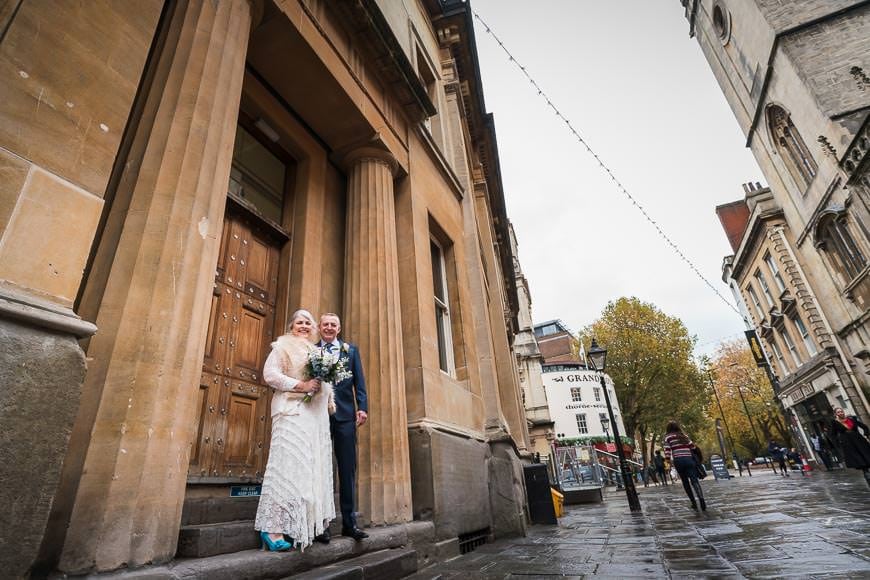
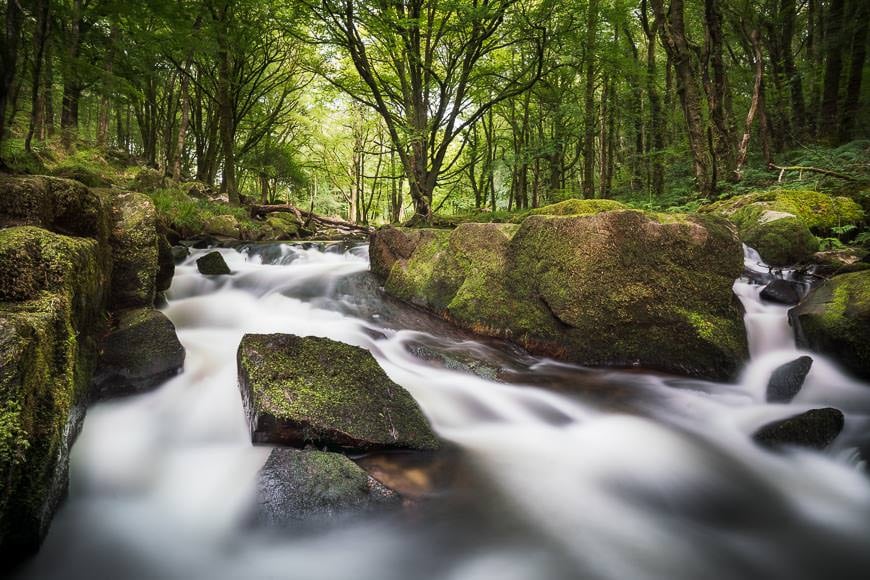
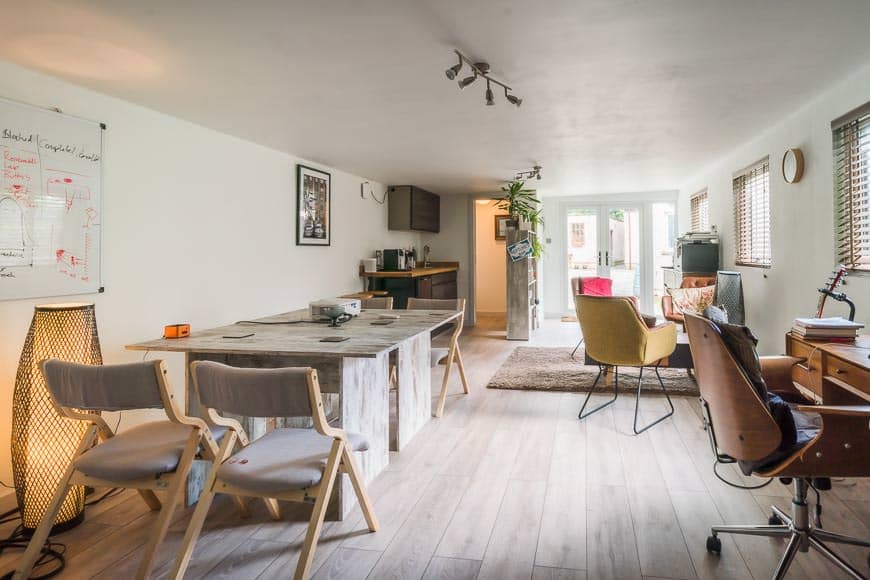
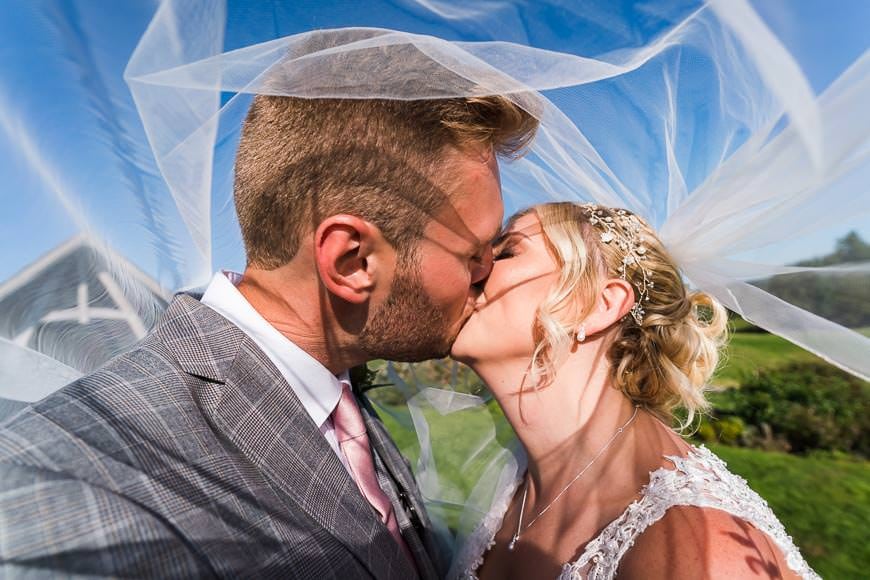

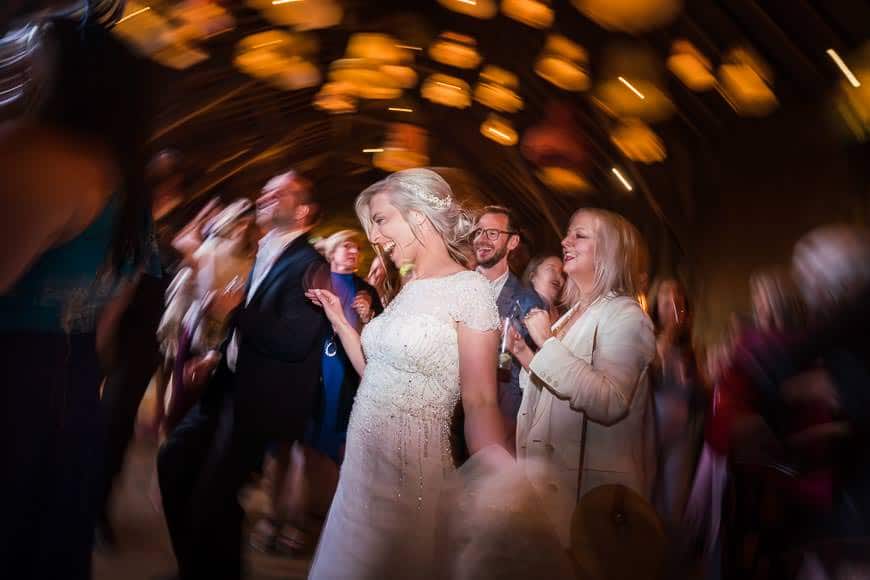

Zeiss Batis 18mm f/2.8 Review | Conclusion
| Conclusion
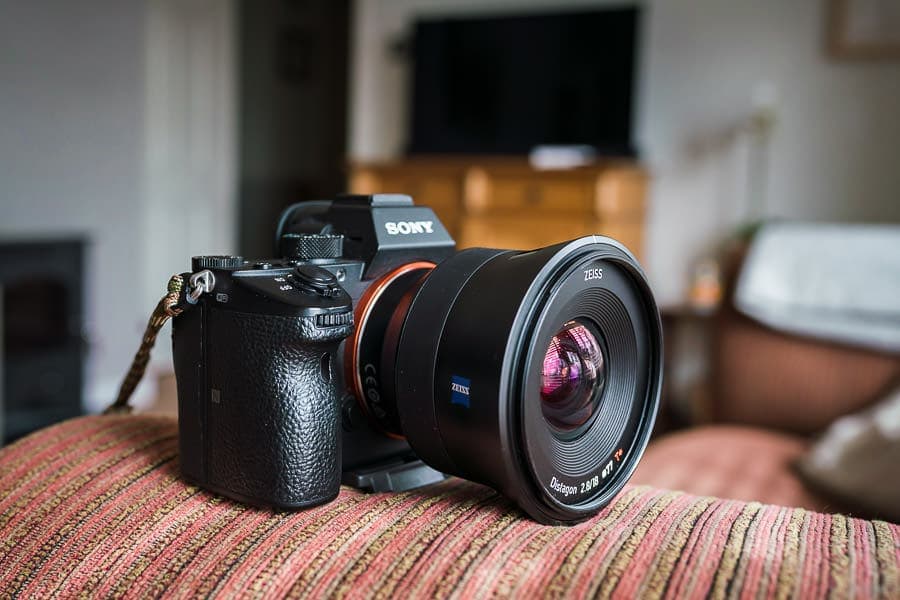
An amazing all-round lens – highly recommended!
The Zeiss Batis 18mm f/2.8 is a compact, light, ultra-wide lens that adds incredible versatility to your arsenal.
What you lose in extra features you gain in an elegant, ergonomic design that is simply lovely to look at, let alone use.
Some of the landscape shots that photographers get with this lens are stunning, and have made me want to get up for sunrise. (Well, I’m definitely thinking about it!)
Hovering around the $1500 mark, it’s not a cheap tool. Then again, for the performance, it’s also not outrageously expensive.
Consider the Sony FE 16-45mm f/4, nearly twice the weight and a stop slower for the same price. If you don’t have anything in this focal length range, then this may be the ticket.
If you can do without autofocus and are okay with lower image quality, you may alternatively consider the Rokinon 14mm f/2.8. That would save you 75% of the cost!
For me, though, the quality of the Zeiss Batis lenses for their size and weight make them excellent but convenient lenses for travel.
Along with its 85mm brother and a Sony a7Riii
to stick them on, the Batis 18mm is a lens that I can take on any trip.
With this setup, I can shoot portraits, landscapes or even the impromptu wedding, all out of a messenger bag.
Highly recommended!





